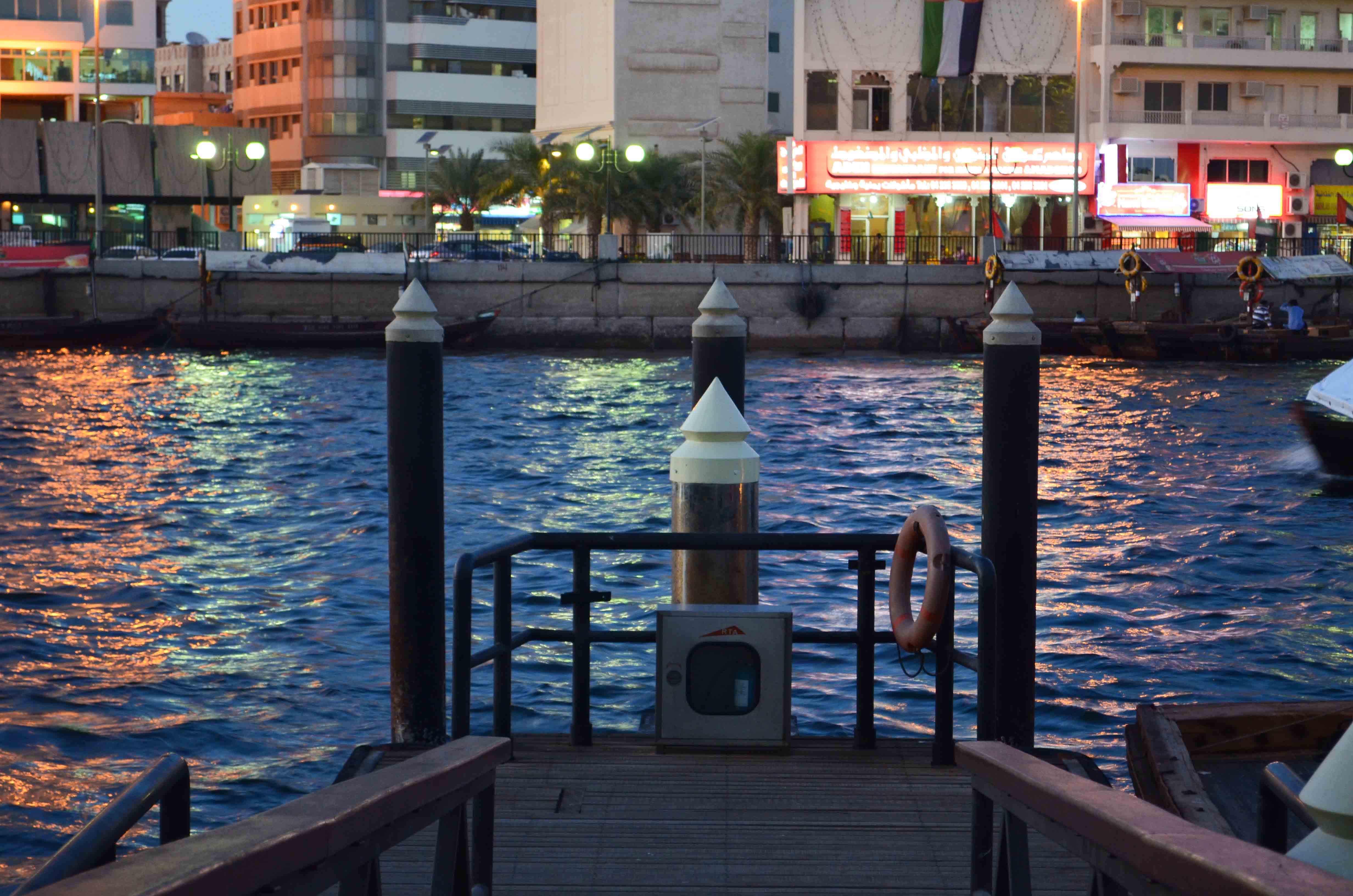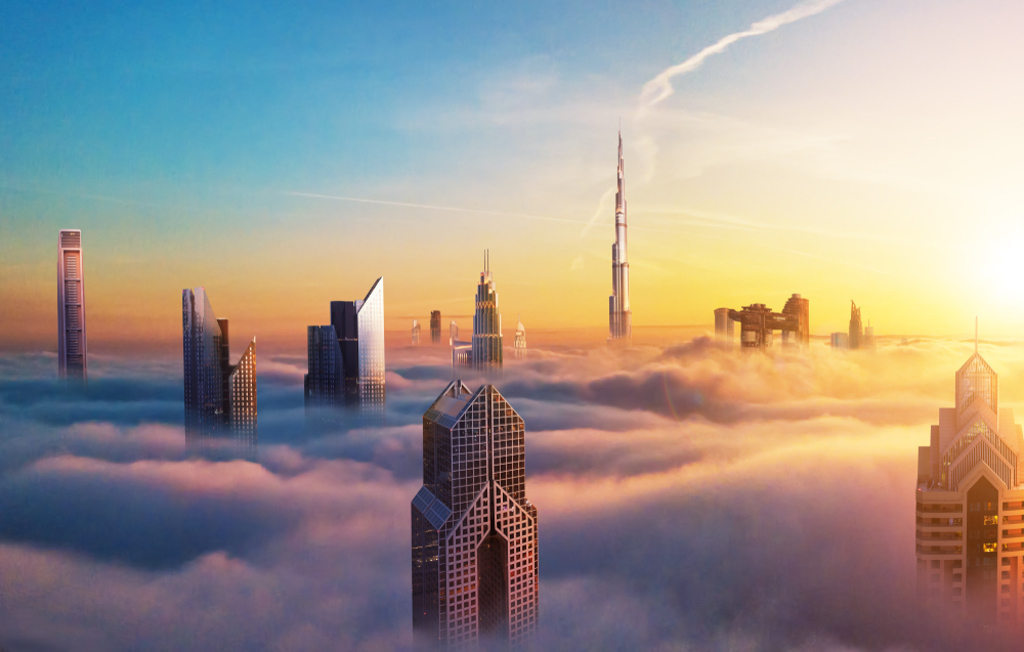It was a warm afternoon when I decided to explore Dubai by getting as close to the local traditional culture as possible. A textile Souk stroll was an excellent choice so I headed towards the area Bur Dubai, on the western side at the bend of the Dubai creek. The Dubai Creek separates the areas of Al Ras and Bur Dubai, and also the Souks! The Gold and Spice Souks are located in Al Ras, and the Textile Souk in Bur Dubai.
Arriving towards the desired Souk location, it was a pleasure to see the old Al Fahidi Fort, which is the oldest building in Dubai, dating back to the late 1970’s. The architecture is basic as you would imagine for a strategic structure, as it was used for protecting the emirates’ well-being from neighbouring tribes. Here, at this historic location, you can visit the Dubai Museum that boasts two antique canons on either side of it’s’ entrance. It was opened in the 1970’s with the aim of celebrating the culture of the land during the 1800’s; the museum is essentially a passageway of galleries that house items and artifacts showcasing Dubai’s history in trading with Africa and Asia, including food and products, musical instruments and even pearls.
It is without a doubt that Dubai is a rich emirate, in both the economic and the cultural sense. People are warm and friendly, and the quality of their work and wares is exceptional, and this is something I have taken from my stroll down to the Textile Souk stalls. All Souks are a Dubai must-see, as they are a true testament to the local richness in aromas, flavours, scents, and visuals.
After my visit to the museum, and my introduction to the diverse trading history of Dubai, I made my way towards the market entrance where I was amazed to see an elder man resting in a lotus pose on a bench under a tree. He seemed to be at complete peace and harmony, and since his eyes were open, I was docile in my approach. I watched him silently and in awe while he resumed his concentration, and gestured if it would be fine with him to take his picture. He nodded nobly, and I got my capture.
I moved along, as there were more things to see, explore and experience. The Textile Souk was essentially at the base of the traditional wind tower buildings, where each stall and shop superseded the next. The colours of whatever my eye landed on were so vibrant: fabrics, beads, scarves, garments, sandals, and many more. It was a wonderland of shades and hues, patterns and designs. There is so much variety, in style and quality; from a range of traditional to more modern designs, from silk, to cotton, or mixed fabrics, and embellished items with sequins, sparkles, or thread-work. The level of craftsmanship is very high, and overall consistent.
I purchased a beautiful white and red cotton scarf for a very reasonable price, and the vendors are happy to show you their reels of merchandise. Down the narrow lanes found in between stalls and shops here in the Textile Souk I could see tiny flowers trading stores, with freshly cut blossoms, all strung together forming a sort of necklace, also selling fresh fruits and coconut milk.
At one turn, I found myself exactly at the Dubai Old Souk Station by the waterfront. It was almost sunset and I watched the creek boats roam up and down carrying passengers, while flocks of seagulls were being playful on the docks.


Looking back at the Souk in the evening, with all the wind towers being lit up against the dark sky was a mesmerizing image.
























